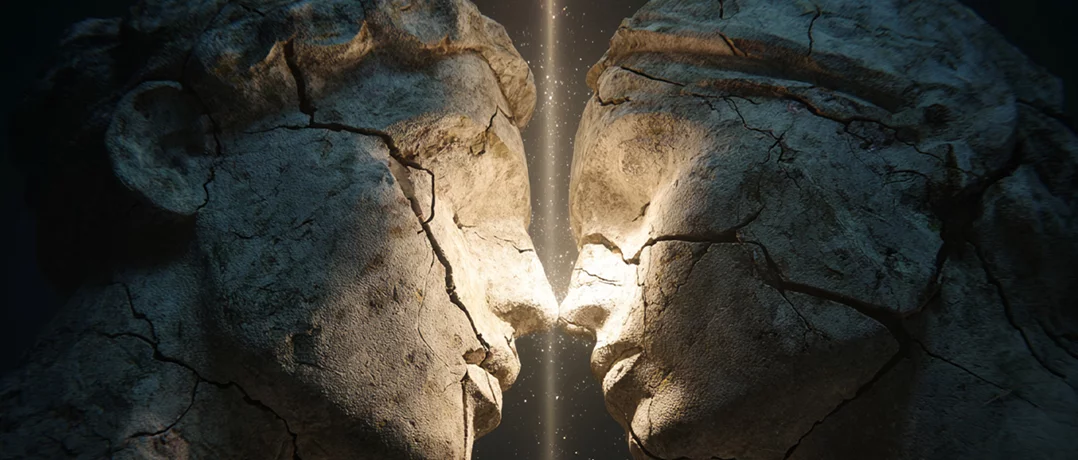A scientific look at how kissing began long before humans, shared with primates and other animals.
Humanity’s first kiss

Kissing may feel deeply human, a mix of instinct, emotion, and culture, but its origins stretch far beyond our species. It is a behaviour that may have begun more than 21 million years ago, long before humans existed. The origins of the mouth-on-mouth kiss have been traced back to the common ancestor we share with today’s great apes (University of Oxford). In other words, the instinct to touch lips, gently, curiously, affectionately, did not start with humanity. It started with our ancient relatives.
A kiss older than humans
Researchers examined kissing across dozens of species to reconstruct an “evolutionary family tree” of the behaviour. To compare different animals, they had to strip the kiss of all its romance and define it with scientific precision:
non-aggressive oral-oral contact, with movement, and no food involved.
Under that definition, evidence of kissing appears everywhere:
Chimpanzees and bonobos kiss to bond and resolve conflict.
Wolves and prairie dogs engage in brief mouth-to-mouth contact.
Polar bears kiss messily, with plenty of tongue.
Even albatrosses, after months apart at sea, greet each other by touching beaks in rhythmic “kissing” displays.
By mapping this behaviour across primates, scientists concluded that our last common ancestor with apes likely kissed too. That places the origins of kissing at around 21.5 million years ago.
Did neanderthals kiss Too?
The study also suggests that Neanderthals kissed and may have kissed modern humans. One clue lies in our mouths: scientists discovered that humans and Neanderthals shared the same oral bacteria long after their species split. That implies saliva had been exchanged repeatedly, over thousands of years. A kiss, in other words, may have been one of the oldest interactions shared between ancient humans and Neanderthals.
Why do we kiss at all?
Pinpointing when kissing began is only half the mystery. The bigger question is why such a behaviour evolved in the first place. Kissing does not directly help with survival or reproduction, making it something of an evolutionary riddle. Scientists have floated several theories:
Grooming origins: Early apes may have developed mouth-to-mouth contact through caregiving and social bonding.
Health assessment: Exchanging small amounts of saliva could have provided subtle chemical cues about a partner’s health or even compatibility.
Social glue: In many species, kissing reduces tension, builds trust, and strengthens relationships.
The kiss is not a uniquely human invention. It is a behaviour deeply rooted in our biology; one we inherited from primates and share with animals across the planet.
A shared behaviour, millions of years old
For Dr. Matilda Brindle, the evolutionary biologist leading the study, kissing is a reminder of the threads connecting us to the rest of the animal kingdom. “This is something we share with our non-human relatives,” she explains, a behaviour far too ancient and widespread to dismiss as just romance.
Our first kiss, it turns out, did not happen between two humans. It happened in the distant forests of prehistory, long before our species took its first breath. And millions of years later, the instinct remains, intimate, universal, and older than humanity itself.



